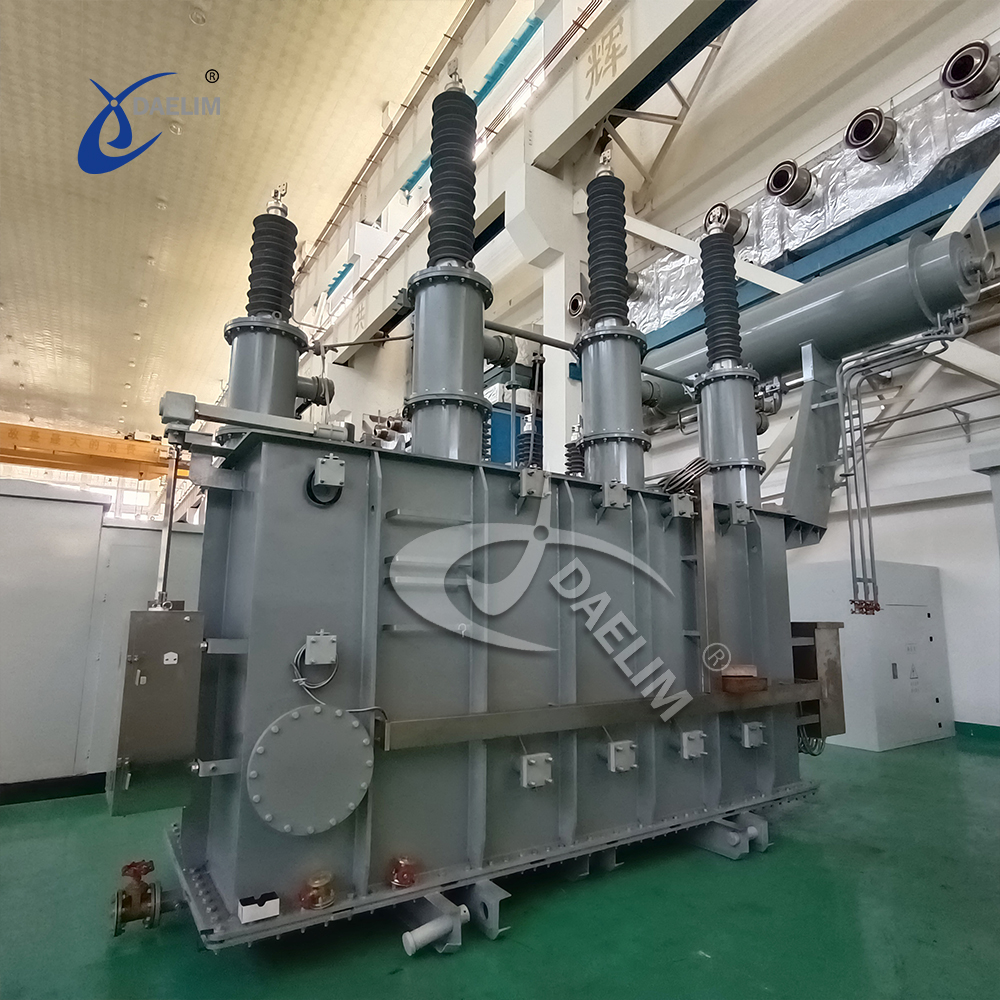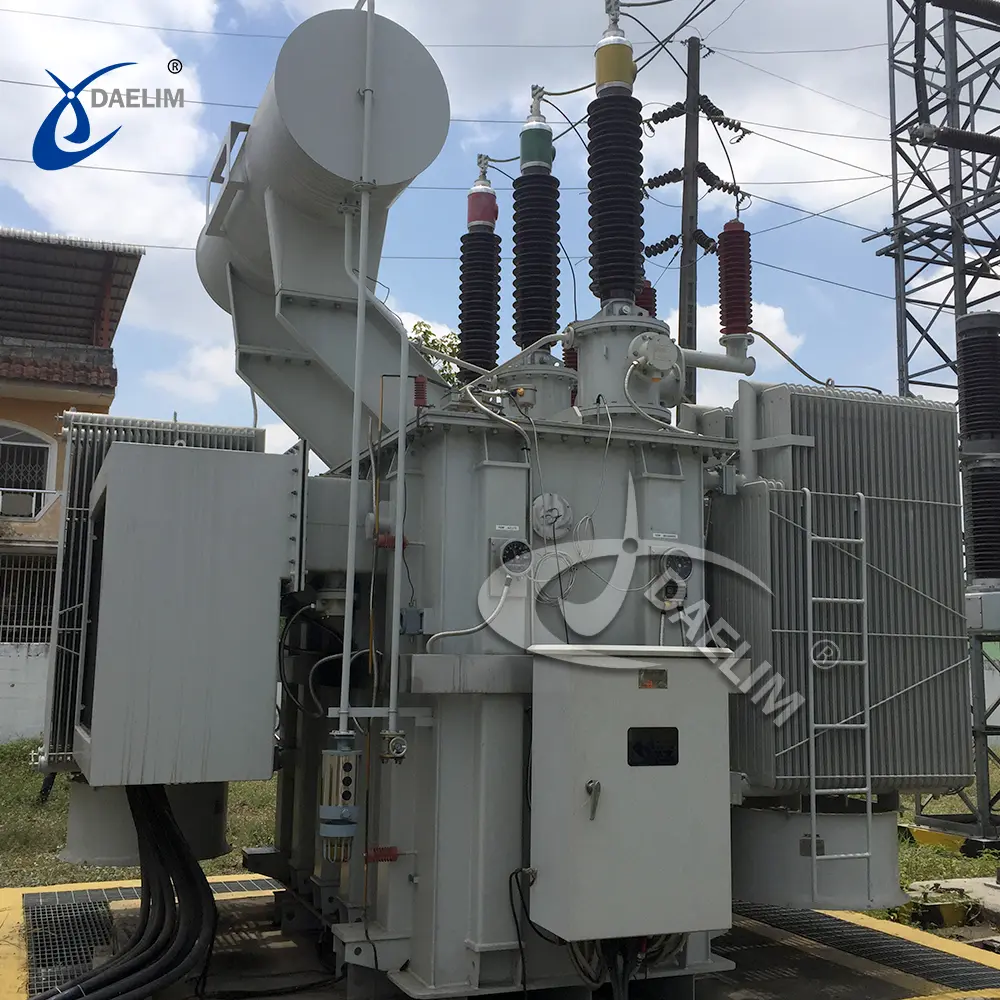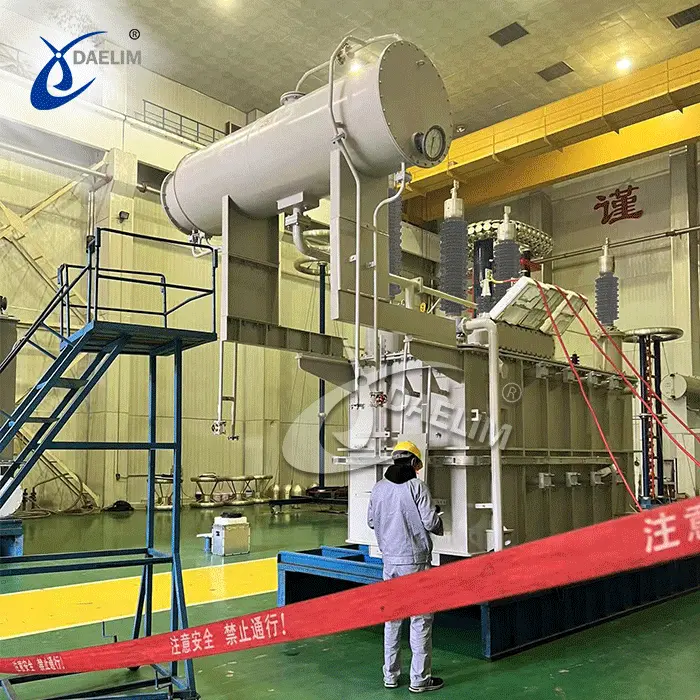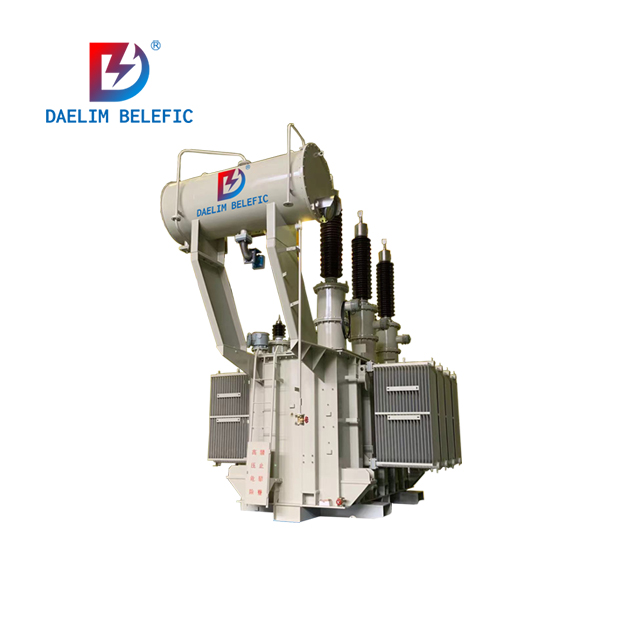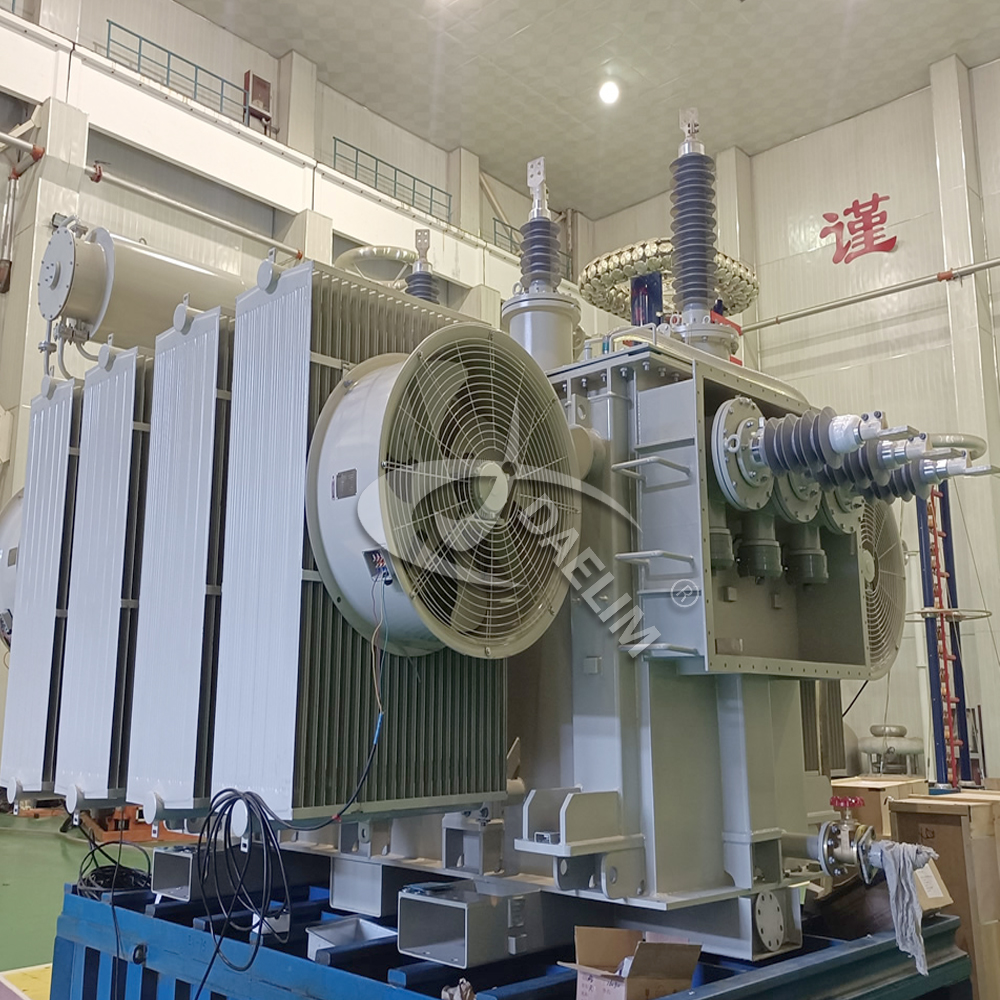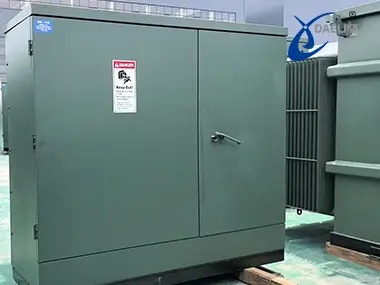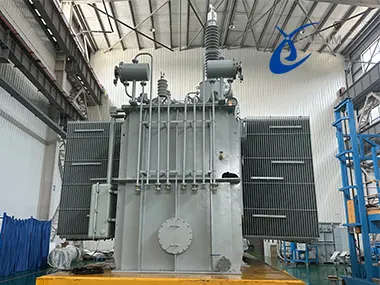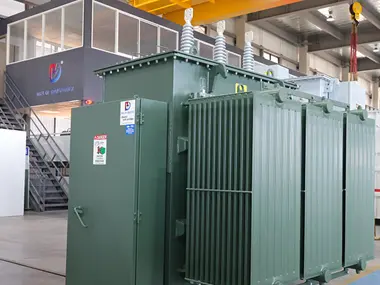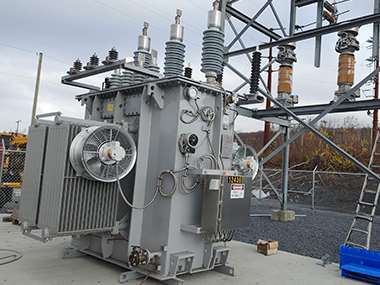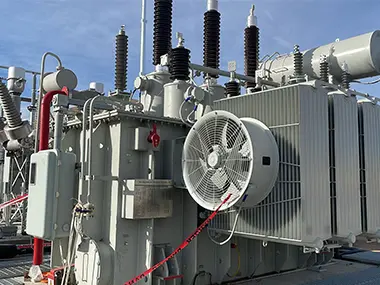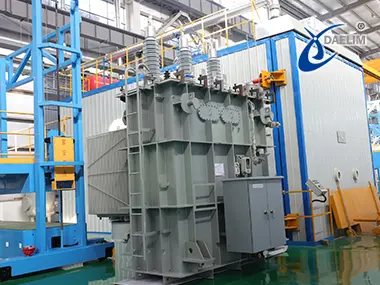How much electricity is lost in Transmission

Whenever electric power is transmitted from an electric utility to a consumer, a portion of it will be lost. This loss is a natural yet expensive aspect of modern power systems that affects energy as well as operating budgets.
Approximately 5 to 8% of the electricity produced each year is lost during transmission and distribution.
Contact Daelim TransformerWhat Is Transmission Loss in Electricity?
Transmission loss is the amount of electrical energy that gets wasted in the form of heat when electricity is transmitted through transmission lines from grids to end users. A portion of the electricity dissipates as heat due to conductor resistance, which is the cause of electricity losses, also known as copper losses or I²R losses.
In any power system, resistance always exists while current flows through transmission lines. Losses are proportional to the distance and amount of electric current flowing. These losses cannot be eliminated from any power transmission or distribution system, but they can be reduced through improved design and technology.
How Much Electricity Is Typically Lost in Transmission?
Typically, 5% to 8% of the electricity generated is lost during transmission and distribution before it reaches the consumer. The major chunk of power losses is transmission losses in worldwide power systems.
The percentage of electricity losses depends on several factors, which are:
- The length of the transmission line
- The voltage at which electricity is transmitted
- The efficiency of transformers and conductors
- The condition and age of the power infrastructure
For example, in the U.S., losses in transmission and distribution typically account for about 5% of the total generation.
Main Causes of Electricity Transmission Loss

Some technical and environmental factors cause electricity transmission losses. The most frequent loss among them is copper loss. Let's discuss some of these losses below:
Copper Losses
The main reason for transmission losses is the resistance of the transmission lines themselves. When current follows through these transmission lines, some of the electricity is lost in the form of heat due to its resistance. The copper losses can be calculated as:
Power Loss (P) = I² × R
The higher the current or the longer the line, cause greater the power loss.
Corona Losses
At high voltages around 200 kV or more, the air surrounding the conductors becomes ionized, which can lead to partial discharges known as corona discharge. This results in electric losses.
Dielectric and Leakage Losses
Due to wet or polluted conditions, transmission lines and insulators sometimes experience small amounts of leakage current. These are minor losses but add up over the distance.
Inductive and Capacitive Effects
AC transmission systems are affected by inductance and capacitance in the lines, which can cause reactive power flow and cause some additional loss, usually when the power factor is not well managed.
Transformer Inefficiencies
When the transformer is old or poorly designed, it produces core losses (iron losses) and copper losses in the windings.
You may enjoy: Losses in Transformer
How Transmission Voltage Affects Power Loss
The voltages at which electricity is transmitted can greatly affect the amount of power losses. When electricity is transmitted at a high voltage level, the current flowing in the transmission line is reduced, which can massively reduce power losses.
According to the Power loss formula;
Power Loss (P) = I² × R
Since power is equal to the product of Voltage and Current (P = V × I), increasing the volts allows transmission of the same amount of power but at reduced current. And because current is squared in the loss formula of power loss, even a small drop in it can lead to a large reduction in power loss.
That’s the reason grids use step-up transformers to increase voltage levels for long-distance transmission, and then step-down transformers to lower voltage for local use.
Get it free: Transmission Transformer
Role of Transformers in Reducing Losses
Transformers have a major impact in minimizing transmission losses across the power grid., By efficiently managing voltage levels, transformers reduce the amount of current, which further reduces the copper and overall electrical losses.
Voltage Regulation to Reduce Power Loss
A transformer's primary purpose is to increase voltages for transmission across long distances and decrease voltages for local use. Thus, losses can be decreased by lowering current through voltage transformation.
Energy-Efficient Transformer Design
Modern transformers are designed to have as little iron and copper loss as possible. This is only achievable with the use of precision winding, effective cooling systems, and high-quality magnetic materials.
At Daelim Transformer, our transformers meet global standards, to have minimal losses even under heavy loads.
Advanced Manufacturing and Multi-Standard Compliance
Daelim’s transformers are made to comply with standards like UICC, CNAS, and UL/cUL. It underscores our commitment to quality and reliability.
Our team's focus is on optimizing transformers for conditions, including high temperatures, fluctuating loads, and challenging environmental conditions, all of which can contribute to power losses.
Environmental and Economic Impact of Transmission Losses
Electricity losses not only mean energy losses; they also have big environmental and economic implications.
Environmental Impact
Every unit lost in transmission has to be generated to meet the demand. In a fossil-fuel-based system, this means that greenhouse gases and fuels consumed will increase, which has a big environmental impact.
As revealed in global energy reports, these losses account for hundreds of terawatt-hours (TWh), creating carbon emissions and damage to the ecosystem.
Economic Cost
From an economic perspective, these electrical losses cause billions of dollars in lost revenue. To meet the demand, utilities generate more power, increasing the operational cost. These costs are then compensated by increased electricity rates for consumers.
Conclusion
On average, 5-8% of the generated electricity is lost in transmission annually, primarily because of copper losses, heating, and aging infrastructure.
The good thing is that these transmission losses can be reduced with smart engineering, upgraded infrastructure, and high-efficiency transformers.
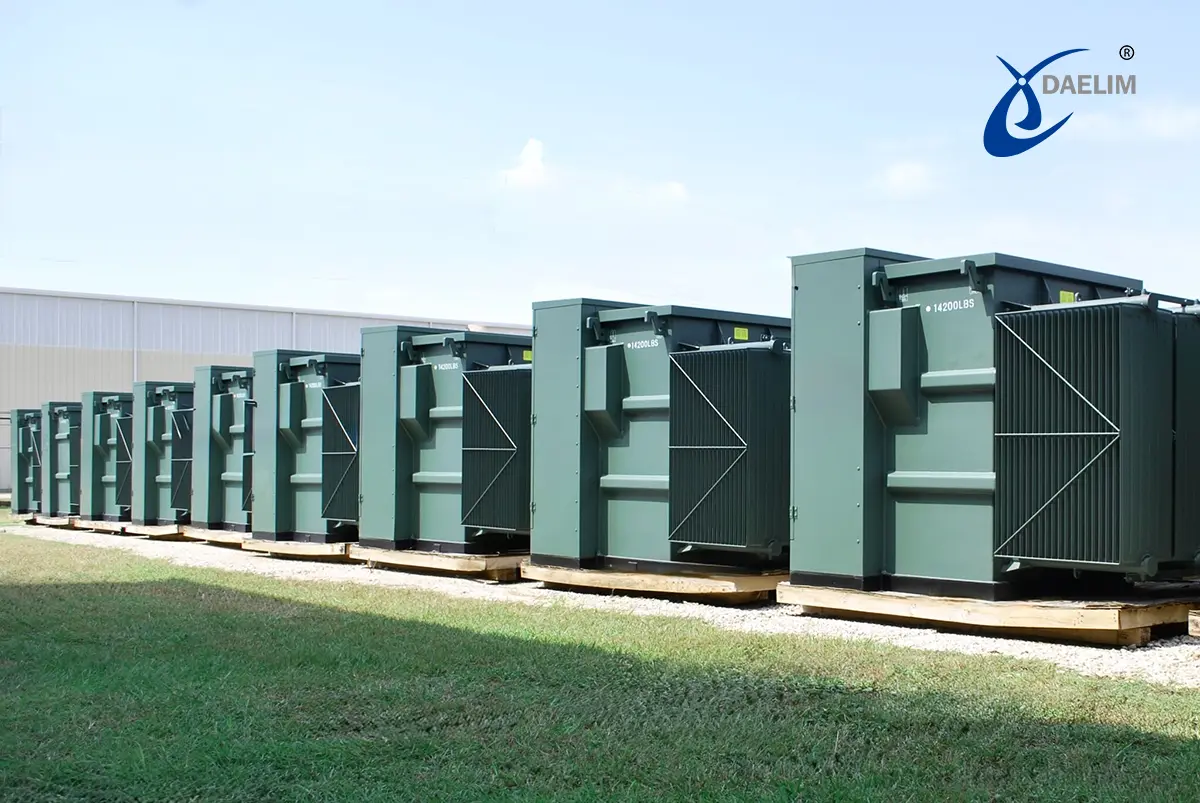
Daelim Transformer built low-loss transformer solutions that comply with international standards that assure long-term efficiency. With its strong presence in the US, especially in Houston, with ready-to-ship inventory, Daelim Transformer offers speedy deliveries, custom designs, and expert assistance for utility, industrial, and renewable applications.
Reduce your electrical power loss—partner with Daelim Transformer for smarter, greener energy transmission.
Related Products
Related Article
Transformer PCBs: Understanding Their Role, Risks, and Modern Alternatives
This article explores transformer PCBs (Polychlorinated Biphenyls), once widely used for their superior chemical properties. It explains their benefits, toxicity, and the environmental concerns that led to strict regulations and a shift toward safer, sustainable alternatives in the transformer industry. Readers will understand why PCB transformer oil is now largely phased out.
Voltage Regulation of Transformer
This article explains transformer voltage regulation, which ensures stable electricity delivery by minimizing voltage fluctuations. Proper regulation improves power quality, reduces energy losses, protects sensitive devices, and enhances the reliability and efficiency of the electricity distribution and consumption system.
Zig Zag Grounding Transformer
Transformer grounding is vital for safety and reliability in power distribution. It ensures stable voltage, prevents equipment failure, and safely directs fault currents. Various grounding methods exist, including solid and resistor grounding. Among them, the zig-zag grounding transformer stands out as an efficient and reliable solution for diverse electrical applications.
Difference Between Surge Protector and Lightning Arrester in Transformers
Transformers are vital in power systems but vulnerable to voltage surges from switching or lightning. Surge protectors and lightning arresters safeguard them. Though often confused, surge protectors handle internal transients, while lightning arresters defend against external lightning-induced overvoltages, each serving distinct protective roles to prevent damage to transformer components.
Future Trends in Transformer Technologies and Sustainable Solutions
The energy sector is moving toward sustainability, digitalization, and decentralization, driving rapid transformer evolution. Modern transformers go beyond voltage regulation, offering smart features, higher efficiency, and adaptability. They play a crucial role in addressing today’s energy challenges, supporting cleaner, more resilient, and technologically advanced power systems worldwide.
How Transformers and PDUs Work Together for Data Center Power
In data centers, uninterrupted power is crucial. Transformers step down high-voltage grid power to usable levels, while PDUs distribute it to IT infrastructure. Together, they maintain continuous, efficient power flow, preventing costly disruptions even during brief outages.

